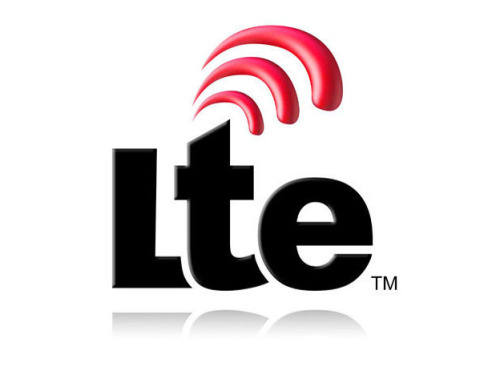 LTE is an abbreviation for English Long Term Evolution. LTE is also popularly referred to as 3.9G, has 100Mbps data download capability, and is regarded as the mainstream technology evolved from 3G to 4G.
LTE is an abbreviation for English Long Term Evolution. LTE is also popularly referred to as 3.9G, has 100Mbps data download capability, and is regarded as the mainstream technology evolved from 3G to 4G. The LTE research includes some parts that are generally considered important, such as reduced latency, higher user data rates, improved system capacity and coverage, and reduced operating costs.
The 3GPP Long Term Evolution (LTE) project is the largest new technology research and development project initiated by 3GPP in the past two years. This kind of technology centered on OFDM/FDMA can be regarded as a “quasi-4G†technology.
The main performance objectives of the 3GPP LTE project include: providing peak rates of 100Mbps downstream and 50Mbps upstream at 20MHz spectrum bandwidth; improving the performance of cell-edge users; increasing cell capacity; reducing system delay; The migration time of the control plane from the sleep state to the active state is less than 50ms, and the migration time from the resident state to the active state is less than 100ms; the coverage of the cell with a radius of 100Km is supported; and the access service of >350kbps is provided for the 350km/h high-speed mobile users. Support for paired or unpaired spectrum and flexible configuration of multiple bandwidths from 1.25 MHz to 20 MHz.
Main Technical Features of LTE 3GPP describes LTE in detail from the aspects of “system performance requirementsâ€, “network deployment scenariosâ€, “network architecture†and “service support capabilitiesâ€. Compared with 3G, LTE has the following technical features:
(1) The communication rate has been improved, the downlink peak rate is 100Mbps, and the upper behavior is 50Mbps.
(2) Increased spectral efficiency, downlink 5 (bit/s)/Hz, (3- to 4-fold higher than R6 version of HSDPA); uplink 2.5 (bit/s)/Hz, is R6 version of HSU- 2- to 3-fold of PA.
(3) With packet domain services as the main goal, the system will be based on packet switching in its overall architecture.
(4) QoS guarantee, through the system design and strict QoS mechanism, to ensure the service quality of real-time services (such as VoIP).
(5) The system is flexible in deployment and can support multiple system bandwidths from 1.25 MHz to 20 MHz, and supports "paired" and "unpaired" spectrum allocation. Guaranteed flexibility in system deployment in the future.
(6) Decrease the wireless network delay: The sub-frame length is 0.5ms and 0.675ms, which solves the backward compatibility problem and reduces the network delay. The delay can reach U-plan <5ms and C-plan <100ms.
(7) Increase the cell boundary bit rate, increase the cell boundary bit rate while keeping the current base station position unchanged. For example, MBMS (Multimedia Broadcast and Multicast Service) can provide 1 bit/s/Hz data rate at the cell border.
(8) Emphasize downward compatibility and support the cooperative operation of existing 3G systems and non-3GPP specification systems.
Compared with 3G, LTE has more technical advantages, which are embodied in: high data rate, packet transmission, delay reduction, wide area coverage, and backward compatibility.
ANGOLA WHITE COLOR FLUTED CANDLES HAVE MANY SIZE ,LONGER OF SHORT .
75G 6X25BAG/CTN 68G 6X25BAG/CTN 65G 6X25BAG/CTN 55G 6X25BAG/CTN
WE CAN MAKE NEW DESIGN FOR THE POLYBAG IT IS POPULAR IN AFRICA MARKET ,IT IS MADE OF 100% PARAFFIN WAX ,AND STEARIC ACID .AND IT IS SNOW WHITE COLOR PURE WHITE COLOR .VERY STRONG ,NOT EASY TO BROKEN .
ANY INQUIRE PLS BE FREE TO CONTACT WITH ME .
THANKS .
Angola Market Velas,White Fluted Wax Candle,Angola Popular Candle,Angola White Color Velas
Shijiazhuang Zhongya Candle Co,. Ltd. , https://www.zycandlefactory.com